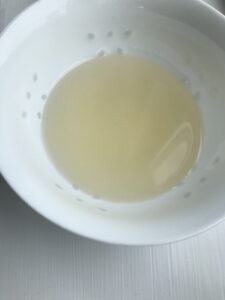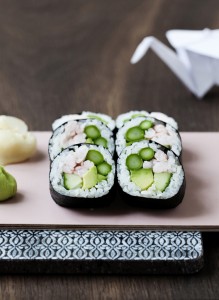
One of the biggest advantages of sushi rolls is the unique taste experience they offer.
Each sushi roll is like a small work of art with a harmonious combination of taste and texture.
From the fresh fish to the carefully prepared rice and crisp vegetables, every bite gives you an exciting experience.
Sushi rolls are not only a delicious meal, but they can also be a healthy part of your diet. Fish used in sushi rolls such as salmon and tuna are rich in omega-3 fatty acids, which are beneficial for the body.
Another advantage of sushi rolls is the endless variety and possibility of customization. From classic rolls such as California Roll and Sushi roll with salmon to more experimental combinations, sushi rolls can be adapted to suit every taste.
Whether you are vegetarian, vegan or have specific dietary requirements, there is always a sushi roll that suits you.
Read more about Sushi course for beginners
_
Zoë has held sushi courses and cooking classes for A. P. Moller – Maersk, Hugo Boss Nordic, Novo Nordisk, Novartis, Velux, Gorrissen Federspiel, Beierholm revision, Elbek & Vejrup and many more.






